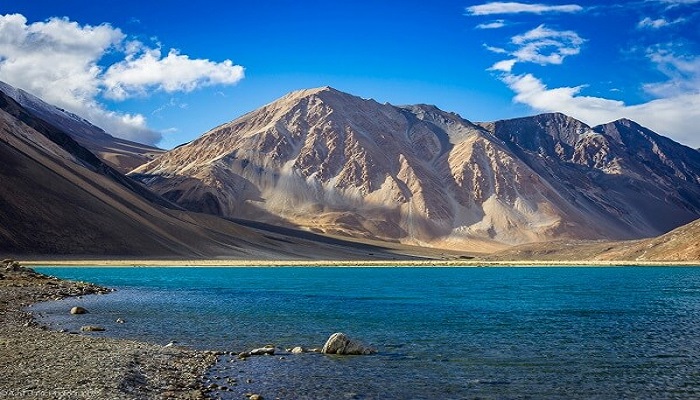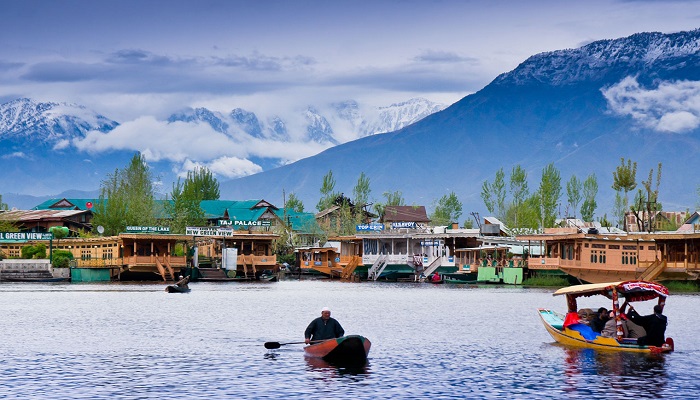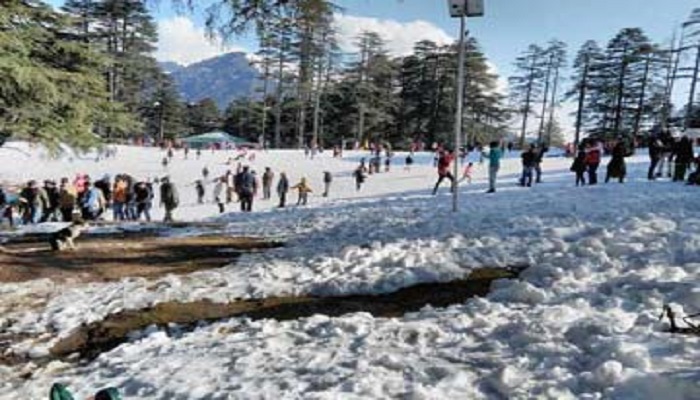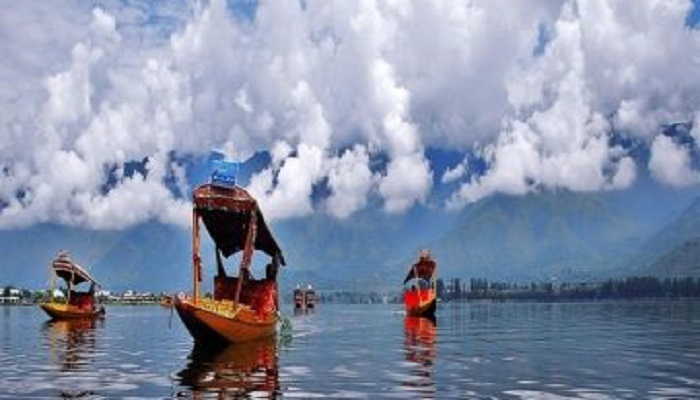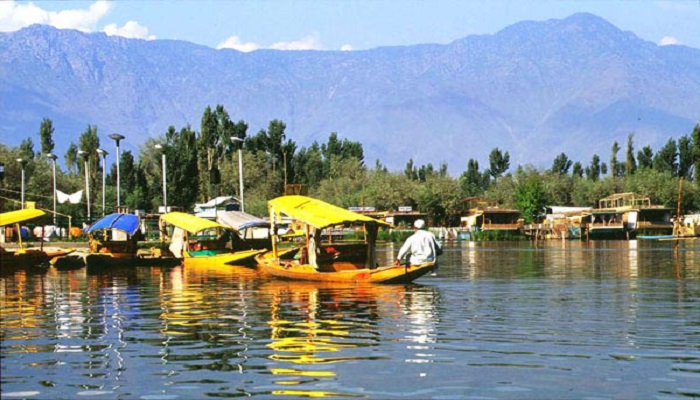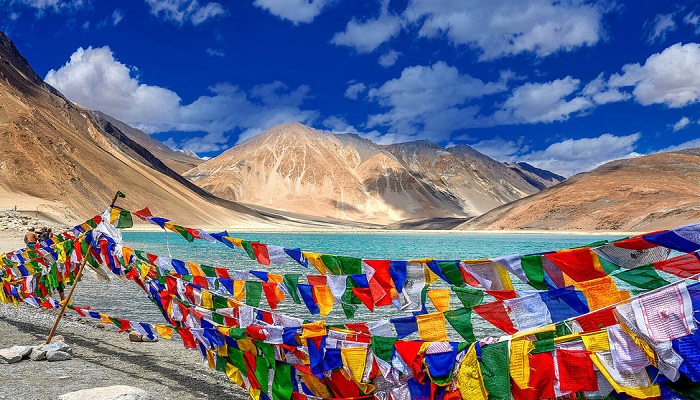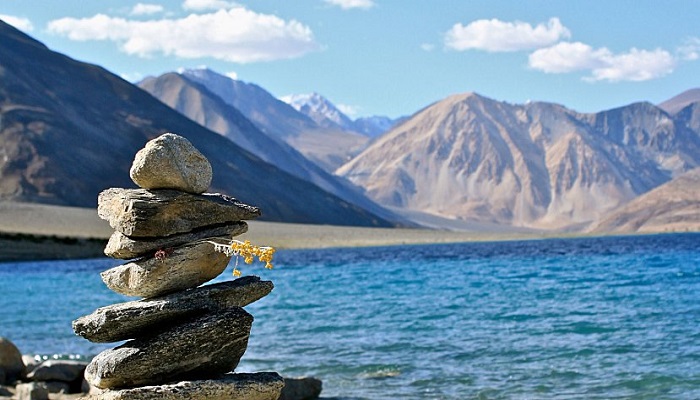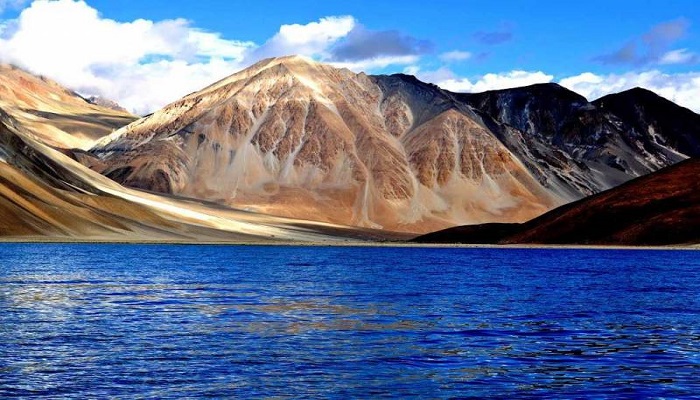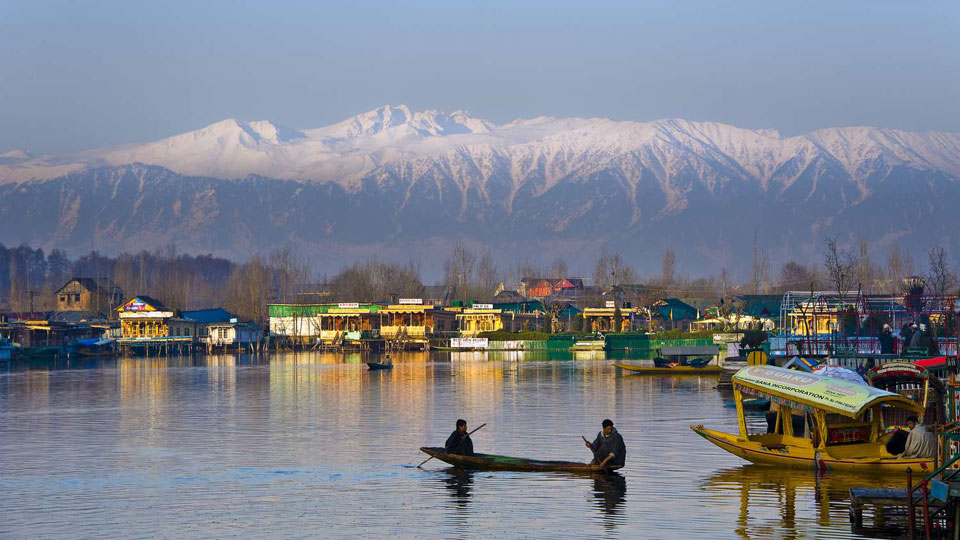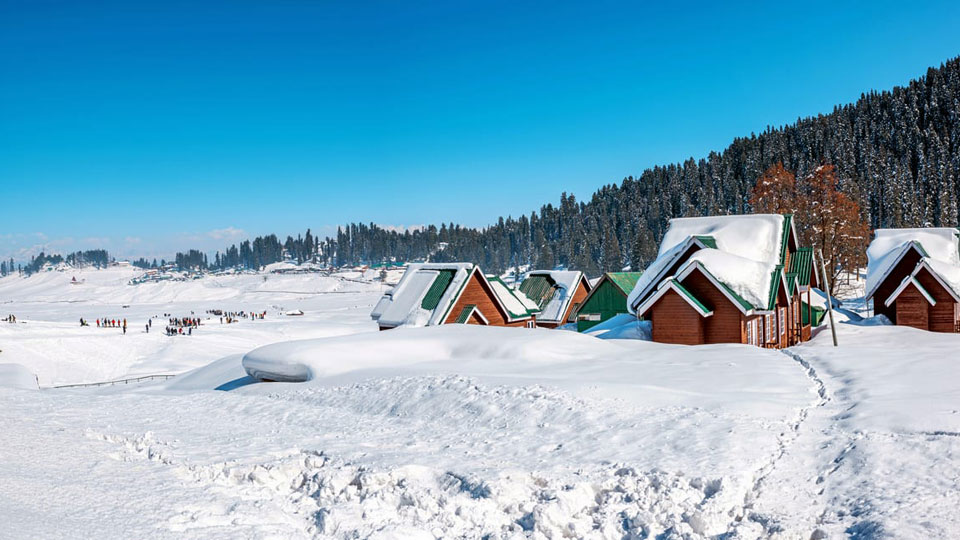Description
Srinagar-Lamayuru-Alchi-Leh-Nubra-Pangong-Tsomoriri Lake-Manali Itinerary: 14 Days/13 Nights
Day 01: Reach Srinagar
Pick up from Srinagar airport and check in to our Hotel. Post-lunch roams around the lake, gardens, and market places.
Overnight in Srinagar.
Day 02: Srinagar to Kargil
The journey from Srinagar to Sonamarg takes tourists through some of the magnificent panoramas of Kashmir valley while traveling along with Indus Nala (not the historic Indus river) . Have a ride/trek to Thajiwas Glacier and enjoy the marvel at the beauty of meadows of gold.
Cross historic Zoji La (11,640ft). Visit the Drass war memorial en route, and take a cup of coffee in the army canteen. Kargil is the usual halt for the majority of travelers.
Visit the Kargil war memorial and check in to the hotel.
Overnight in Kargil.
Day 03: Kargil-Drass-Lamayuru-Alchi
See the 9-meter-high statue of Maitreya at Mulbek. Travel through 12198 ft high Namika La, 40 km from Namika La is Fotu La (13,479ft), the highest point on the Srinagar–Leh highway.
Must-see unique Lamayuru Monastery and Moonland.
Drive down to Khaltse through Hangro Loops. From Khaltse the great Indus River will be running with you to Alchi. Enjoy a different hills-cape of Sham valley.
Overnight in Alchi.
Day 04: Alchi to Leh
Visit Basgo Castle/Palace and Likir monastery. Enroute see Gurudwara Patthar Sahib. At Nimmu, visit the confluence of the Zanskar and Indus rivers. Also, visit Hall of Fame and Magnetic Hill on the way from Alchi to Leh.
Overnight in Leh.
Day 05: Leh sightseeing
Get a flavor of the history and culture of Ladakh, visit Thiksey monastery, Shey monastery, and Shanti Stupa.
Overnight in Leh.
Day 06: Leh to Nubra valley
Feel the excitement of Khardung La, 40 km from Leh at 18300 ft. Reach Hunder following the Shayok river. Enjoy the fascinating Nubra valley.
Visit Hunder village and the white Sand Dunes and take a short camel safari on the double-humped Bactrian Camels
Stay in Hunder Overnight.
Day 07: Nubra valley to Leh
Visit Diskit Monastery en route.
Overnight in Leh.
Day 08: Leh to Pangong lake
Drive east of Leh via Chang La (18,000 ft pass) to Pangong Lake (Spangmik14000 ft). The views all around the route are spectacular.
Overnight at tent/cottage on the bank of Pangong (Spangmik)
Day 09. Pangong lake (Spangmik) to Leh
After breakfast, check out from Spangmik to Leh, en-route visit Hemis monastery, the biggest monastery in Ladakh.
Overnight in Leh.
Day 10: In Leh
Take rest and do shopping
Overnight in Leh.
Day 11: Leh to Tso-moriri (Korzok- 240 km)
The route is Leh – Upshi (55 km) – Chumathang (95 km) – Korzok (60 km) – Tso Moriri (5165 ft). The road has a diversion from the Leh-Manali highway at Upshi.
Explore Rupshu Valleyand see on the route- Tso Kar, Korzok monastery, Chumathang and the migratory birdlife.
Tsomoriri, at 15165 feet, is the largest of the High Altitude Lakes situated entirely within India.
Overnight in camp in Tso Moriri.
Day 12: Korzok To Jispa (310 km)
Must spend some time in the Gata loops- Pang area for its wonderful beauty of mother nature.
Near Pang, get Leh-Manali highway to reach Jispa.
Overnight in Jispa.
Day 13: Jispa to Manali (145 km)
See Baralacha La, confluence of Chandra & Bhaga giving birth to Chenab (Chandrabhaga) and Rohtang Pass.
Overnight in Manali.
Day 14: Depart From Manali for onward journey.
Some amazing things you must know about Kashmir
Kashmir is the northernmost geographical region of the Indian subcontinent. Until the mid-19th century, the term “Kashmir” denoted only the Kashmir Valley between the Great Himalayas and the Pir Panjal Range. Today, the term encompasses a larger area that includes the Indian-administered territories of Jammu and Kashmir and Ladakh,
Jammu and Kashmir is located among the Himalayan, Pir panjal and Karakoram mountain ranges. It is famously known as the “Paradise on Earth” because of its gorgeous valleys, mountains, lakes, forests and meadows. Along with its breathtaking landscape, Jammu and Kashmir. There are a plethora of places to see and things to see in Kashmir for all kinds of travelers.
Ladakh (meaning “land of high passes”) is the land of Indo-Aryan people and Tibetan descent situated in the state of Jammu and Kashmir, India. The area lies between Kunlun mountain range in the north and the Great Himalayas to the south. Ladakh borders Tibet to the east, the Lahaul and Spiti to the south, the Kashmir valley and Baltiyul regions to the west, and the Trans Kunlun territory of Xinjiang to the far north. Geographically Ladakh a different world on this earth lies in the Great Himalayan rain shadow, no monsoon during the summer, but receives snowfall throughout its long (November – Late May) winter. As Ladakh lies on the tri- junction of the historic ‘Silk Route’ from Sinkiang to West Asia and to the plains of India, it was an important station for International trade. People of Ladakh are devout Buddhist. Since 1960 after the Tibetan border is ceased, the Government of India has been able to promote tourism in Ladakh successfully. Ladakh is renowned for its remote mountain beauty and culture. It is sometimes called “Little Tibet” as it has been strongly influenced by Tibetan culture.

